Indication
- Edema
- Essential hypertension
- Idiopathic hypercalciuria and calcium nephrolithiasis
Dosage & Administration
Hypertension
Initiation: Therapy, in most patients, should be initiated with a single daily dose of 25 mg. If the response is insufficient after a suitable trial, the dosage may be increased to a single daily dose of 50 mg. If additional control is required, the dosage of Chlorthalidone may be increased to 100 mg once daily.
Edema
Initiation: Adults, initially 50 to 100 mg daily, or 100 mg on alternate days. Some patients may require 150 to 200 mg at these intervals or up to 200 mg daily. Dosages above this level, however, do not usually produce a greater response.
The elderly: This is a suitable drug for treating hypertension in the
elderly, in particular systolic hypertension. Dose of 50 mg daily, or less,
should be used to avoid hypovolemia and hypokalemia.
Precautions
Renal impairment: Chlorthalidone dosage should be reduced in moderate renal failure - every 24 or 48 h - and should not be used in advanced renal failure.
Liver disease: There is a risk of precipitating hepatic encephalopathy in patients with liver cirrhosis and ascites. Use in pregnancy
It is better to avoid Chlorthalidone as it crosses the placenta.
Use in Lactation
In lactating mother, significant amount of Chlorthalidone enter breast milk; like other long-acting thiazides, it can suppress lactation. Chlorthalidone should not be prescribed for lactating mother.
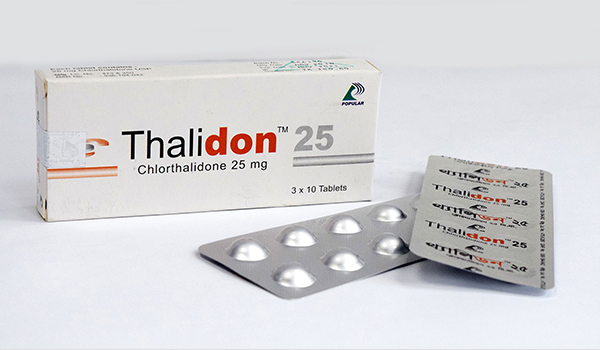

Product Details
Related Products
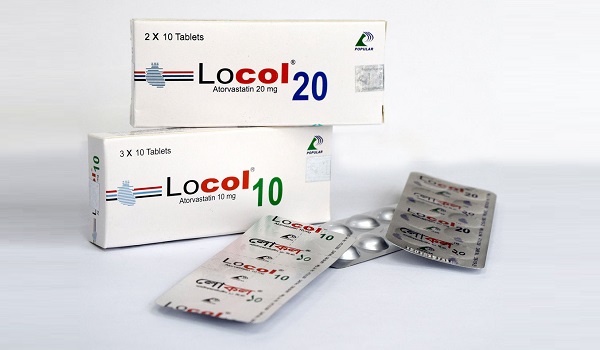
Locol
AtorvastatinCardiovascular Products
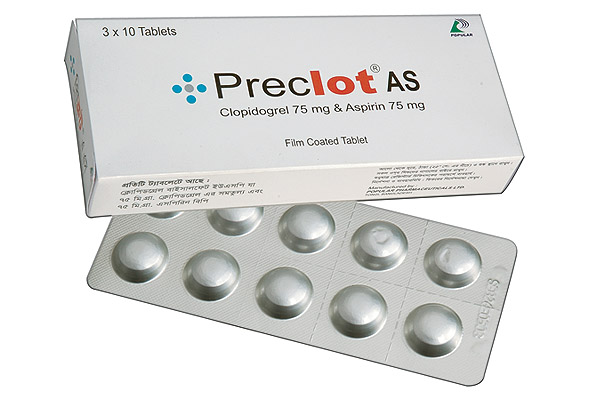
Preclot
ClopidogrelCardiovascular Products

Preclot AS
Clopidogrel & AspirinCardiovascular Products
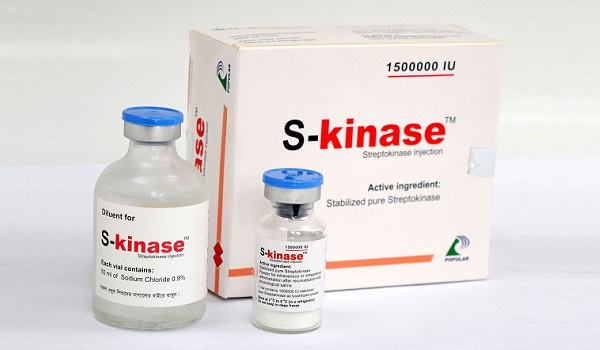
S-kinase
StreptokinaseCardiovascular Products
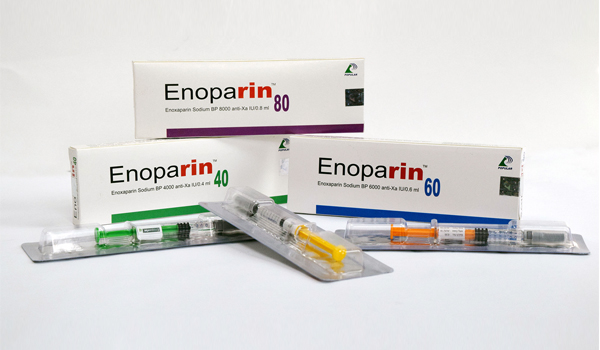
Enoparin
Enoxaparin SodiumCardiovascular Products
